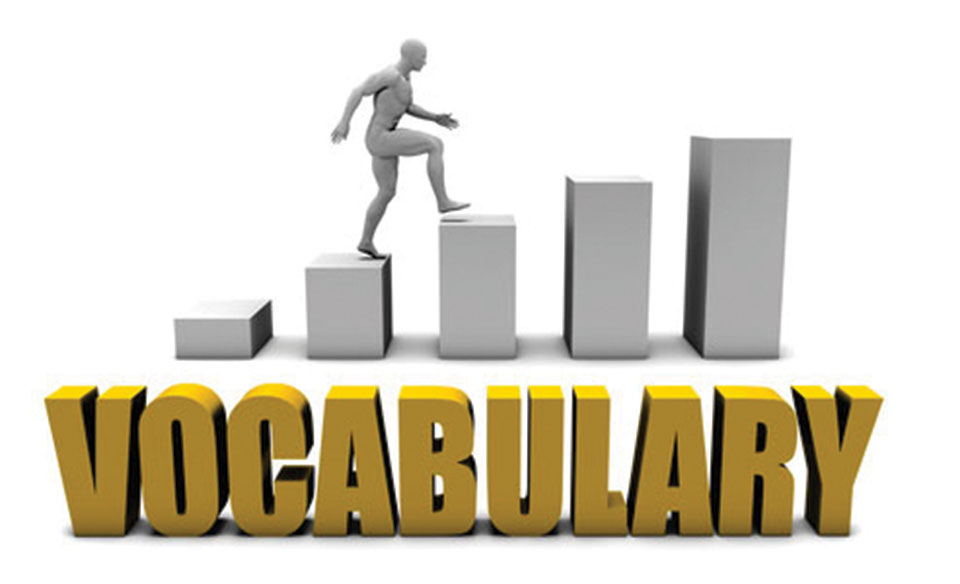
OR

Only writing or explaining meanings of words and phrases is not enough. As far as possible we need to use visual aids which help the students to learn faster
It’s December 11, 2019, Wednesday. As I write this it’s past midnight. Just in six hours, I have a lesson. It is winter and not that easy for students to arrive early in the morning and stay in the class, but they do. I have to appreciate the students for their desire to learn and their dedication compels and inspires me to teach them better. So I have to be very careful in what I plan to teach. The students I will be teaching after few hours are in Bachelor’s level but their English is not up to the standard.
There is a lesson entitled ‘The Mirror of Matsuyama’. This is just one of the lessons of the book English for the New Millennium which shows editors as Jai Raj Awasthi, Govinda Raj Bhattarai, and Vishnu Rai. The book mentions other seven contributors namely Chandreshwar Mishra, Anju Giri, Tara Datta Bhatta, Laxmi Bahadur Maharjan, Anjana Bhattarai, Bal Mukunda Bhandari, and Ganga Ram Gautam. With these high-sounding names and the publisher’s name all printed in capital letters, the book is supposed to be qualitative and well-edited.
But when I look at the glossary on page 16, I am mistaken. Glossary is supposed to include the words and phrases that are in the text but here I see more than half the words included in the glossary (five out of nine) are not mentioned in the text. Not believing that it could be true, I went over the lesson over and over again with a red pen to mark those words but they were nowhere to be found.
Can the publishers have used the names of professors to cheat students and other teachers? I think. It’s a pity that even if the book says it was edited by ‘experts’ and published by a so-called ‘quality publishing house’ just in the second lesson of the first unit I spot careless errors. It takes dedication, commitment and responsibility to produce a quality course book that is prescribed by the concerned educational institution and used by hundreds of students and teachers. Our educationists should take their jobs seriously.
Words matter
For my lesson, I work on pre-teach vocabulary. As Anderson and Nagy (1991) state “there are precise words children may need to know in order to comprehend particular lessons or subject matter.” Without understanding the basic word meanings of a significant number of words in a text, comprehension could be difficult without some sort of prior knowledge to connect to. According to Schema Theory, students process information by making connections to what they already know (Stott, 2001). In other words, pre-teaching vocabulary is to prepare the students to understand the text associating with what they already know. I remember and am thankful to my high school English teacher Chudaraj Timilsina for pre-teaching vocabulary which helped me to a great deal to understand lessons. The knowledge of one word can be helpful to understand the other word. Stahl and Kapinus (2001) state that “when children ‘know’ a word, they not only know the word’s definition and its logical relationship with other words, they also know how the word functions in different contexts.”
Choosing vocabulary was not easy because though the grade level of the students was the same, their language competency and comprehension level varied. So I would have to include the mixed vocabulary and phrases. So I chose words and phrases and grouped them under different categories in the following way. First, the words would help students remember the story: mirror, face, home, ill, mother, husband, remote, retire, sleeve, slipped, stepdaughter, stepmother, witchcraft, surface, pine trees, storks. Second, the words to avoid mispronunciation: bear, ancient, bade, always, dead, happy, heart, idol etc. Words that refer to different parts of speech, other general words and so on.
To expand the knowledge of the students I also chose the proverbs such as “as the sword is the soul of a samurai so is the mirror the soul of a woman” and “when the mirror is dim the soul is unclean.”
So if there are lots of words that the students don’t know it’s very important to pre-teach vocabulary. Teachers can apply different strategies to pre-teach vocabulary to meet the needs of students in their own contexts. In addition to learning content, the students should also develop comprehension skills.
Pre-teach vocabulary
In Nepal, reciprocal teaching and peer tutoring have not been extensively practiced. To increase the comprehension level of students it’s vital to pre-teach vocabulary. Teachers can use different strategies such as graphic organizers, word maps, asking students to circle unfamiliar words in the text and so on. Bearing in mind the levels of students and their background knowledge, the teachers can choose the vocabulary as deemed necessary.
Only writing or explaining meanings of words and phrases may not be enough. As far as possible we need to use visual aids which help the students to learn faster. In addition, the vocabulary taught should be practiced repeatedly. Without ample practice, no new language comes to the students mind. In Nepal, we don’t give much opportunity to predict. Teachers kind of spoon-feed the vocabulary. Predictions are necessary for expanding creativity. Another technique to teach vocabulary is to use mnemonic devices. I often use chants and songs to teach.
Pre-teaching vocabulary is something that has been largely ignored in Nepal. But try it. It could help the students improve their performance.
The author is a freelance writer and life member of Nepal English Language Teachers’ Association (NELTA)
Email: rishirampaudyal@gmail.com
You May Like This

Student unions announce fresh protest against fees hike by private schools
KATHMANDu, April 24: A joint student unions' meeting has announced programmes of fresh protests against the decision of private schools... Read More...

Student unions padlocking private schools from Wednesday
KATHMANDU, April 25: Student unions affiliated to various political parties have decided to padlock the accounts sections and administrative offices of... Read More...

Teacher arrested on charge of raping student
KATHMANDU, Sept 8: Metropolitan Police Circle Office, Balaju on Monday arrested a teacher of Balaju-based Abhiyan Public School in charge... Read More...
Just In
- KMC to organize a month-long skill fair from May 1
- Birgunj Metropolis collects over Rs 360 million in revenue
- NEPSE plunges below 2,000 points after one and a half months; daily turnover declines to Rs 2.10 billion
- AI Index Report-2024: AI still behind humans on complex tasks like competition-level mathematics
- Daiji-Jogbudha road construction at snail’s pace
- Govt fails to adopt podway technology despite its potential in Nepal
- Jhulaghat border crossing in Baitadi to remain closed from this evening
- Universities will be free from partisan interests: Education Minister



















Leave A Comment